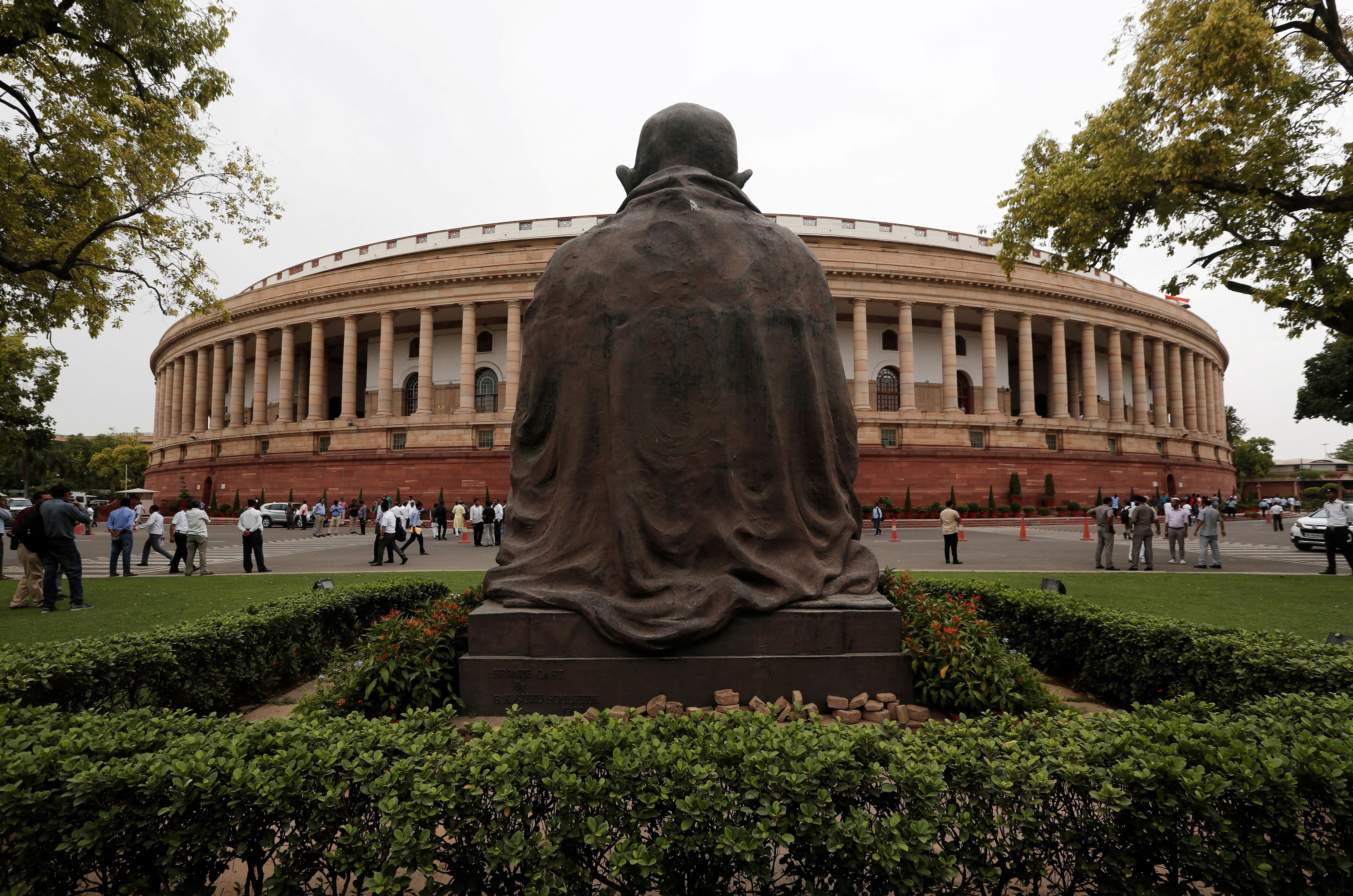
Explained: How Does A No-Confidence Motion Work?
NDTV
Often used as a strategic tool by the opposition, the no-confidence motion allows them to question the ruling government, highlight their failures, and discuss them in the house.
The Congress party, as part of the newly formed INDIA opposition alliance, along with Telangana's Bharat Rashtra Samithi (BRS), have filed two separate no-confidence motions against the Narendra Modi-led government in Lok Sabha. This move comes amidst the ongoing parliamentary impasse over the ethnic clashes in Manipur that have left over 125 people dead, thousands displaced and new tales of unspeakable horrors each day. The conflict, and the government's inability to end it even after three months of violence, has been a key reason for the continuous logjam in both houses of parliament since the monsoon session began on July 20.
Despite the no-confidence motion by opposition parties being likely to fail the numbers test, they argue that they will win the "battle of perception" by cornering the government on the Manipur issue during the debate. The opposition contends that this strategy will compel the Prime Minister to address the crucial matter in parliament, despite the government's insistence that Union Home Minister Amit Shah will respond to the debate on the Manipur situation.
With the majority mark in Lok Sabha at 272, the PM Modi's National Democratic Alliance (NDA) government is safe with 331 members. The BJP alone has 303. The opposition INDIA alliance has 144 while parties like KCR's BRS, YS Jagan Reddy's YSRCP and Naveen Patnaik's BJD have combined strength of 70.





















 Run 3 Space | Play Space Running Game
Run 3 Space | Play Space Running Game Traffic Jam 3D | Online Racing Game
Traffic Jam 3D | Online Racing Game Duck Hunt | Play Old Classic Game
Duck Hunt | Play Old Classic Game